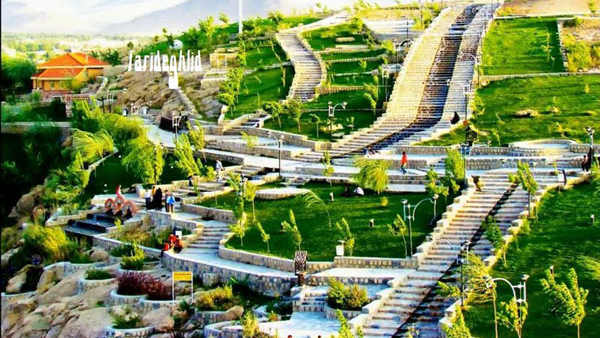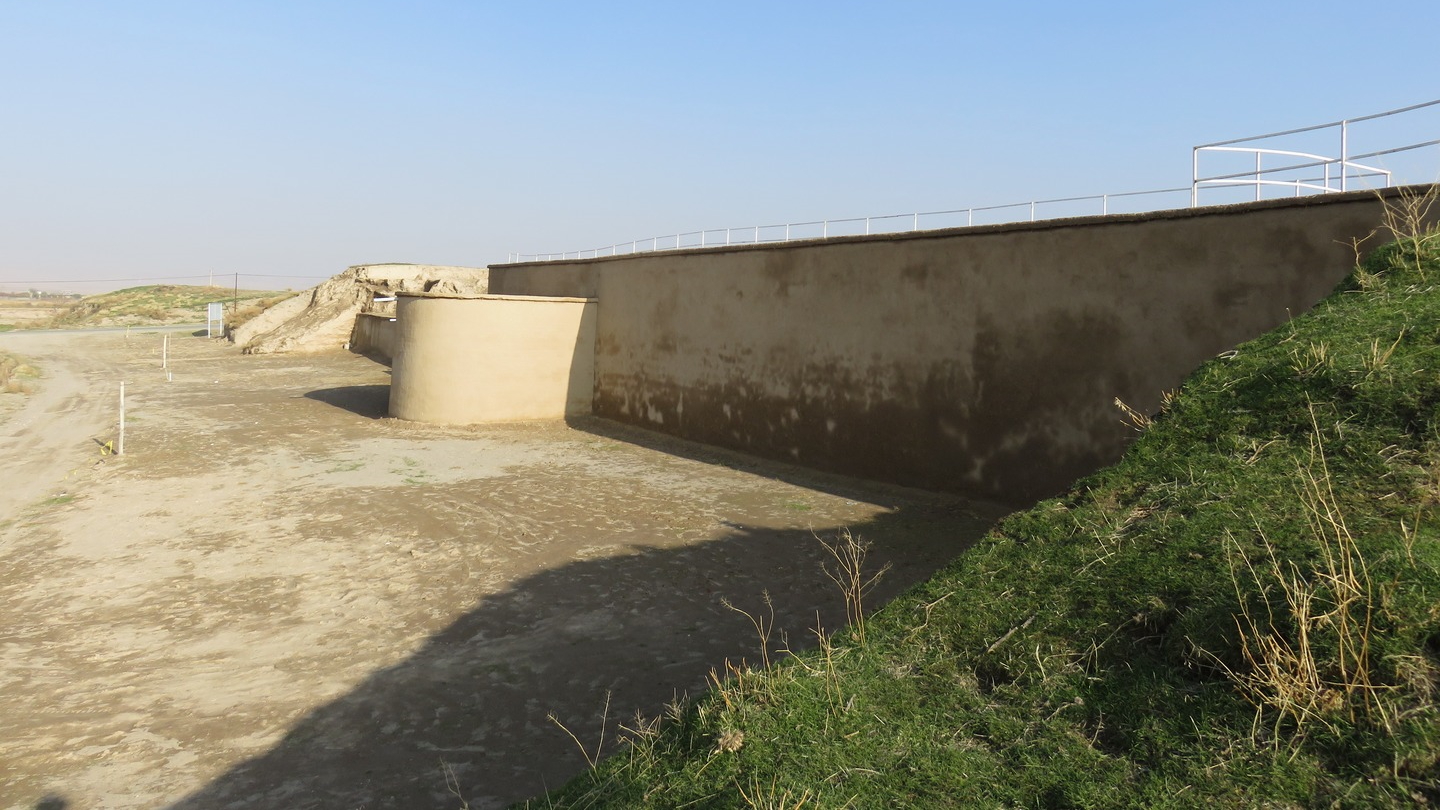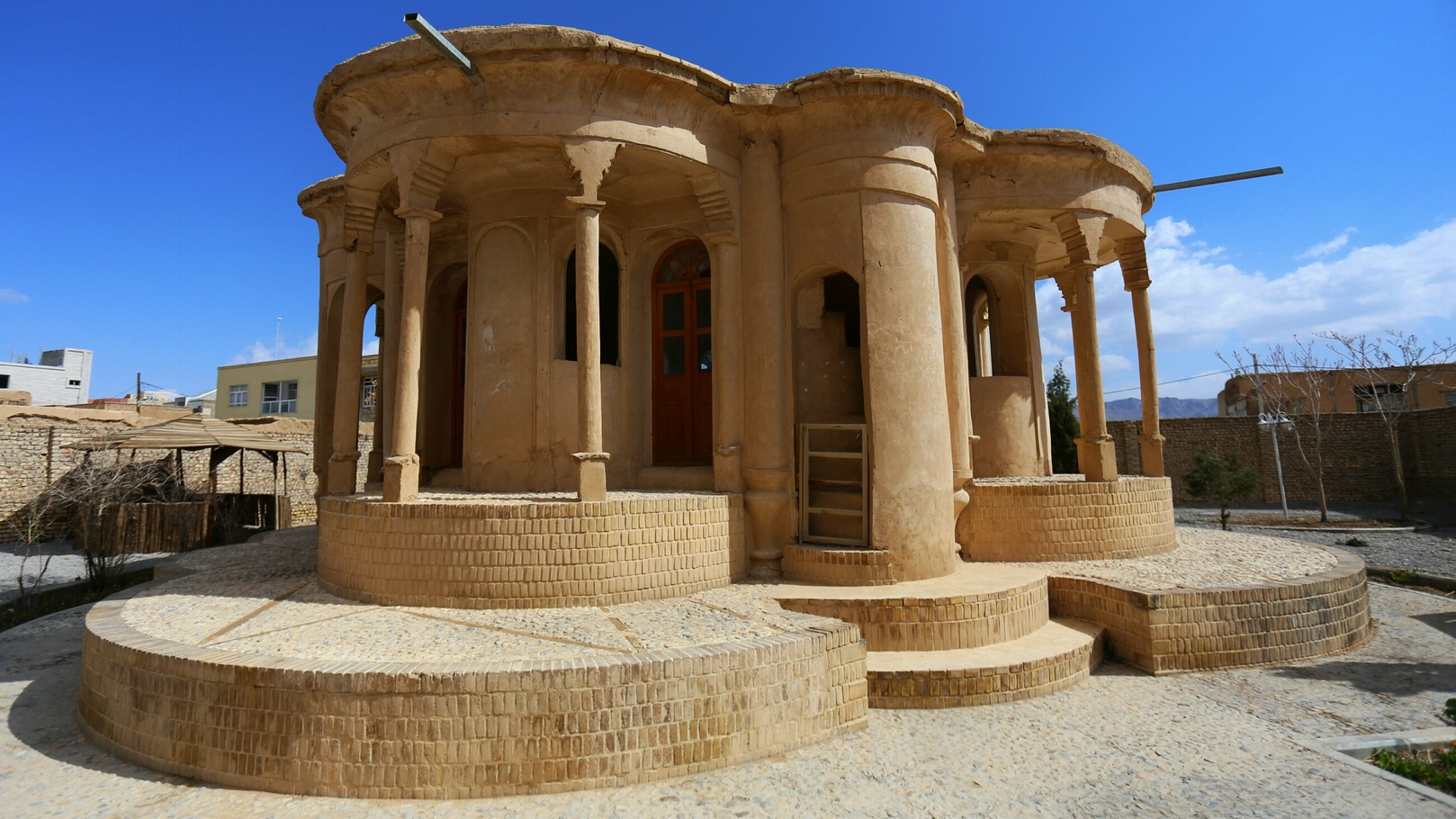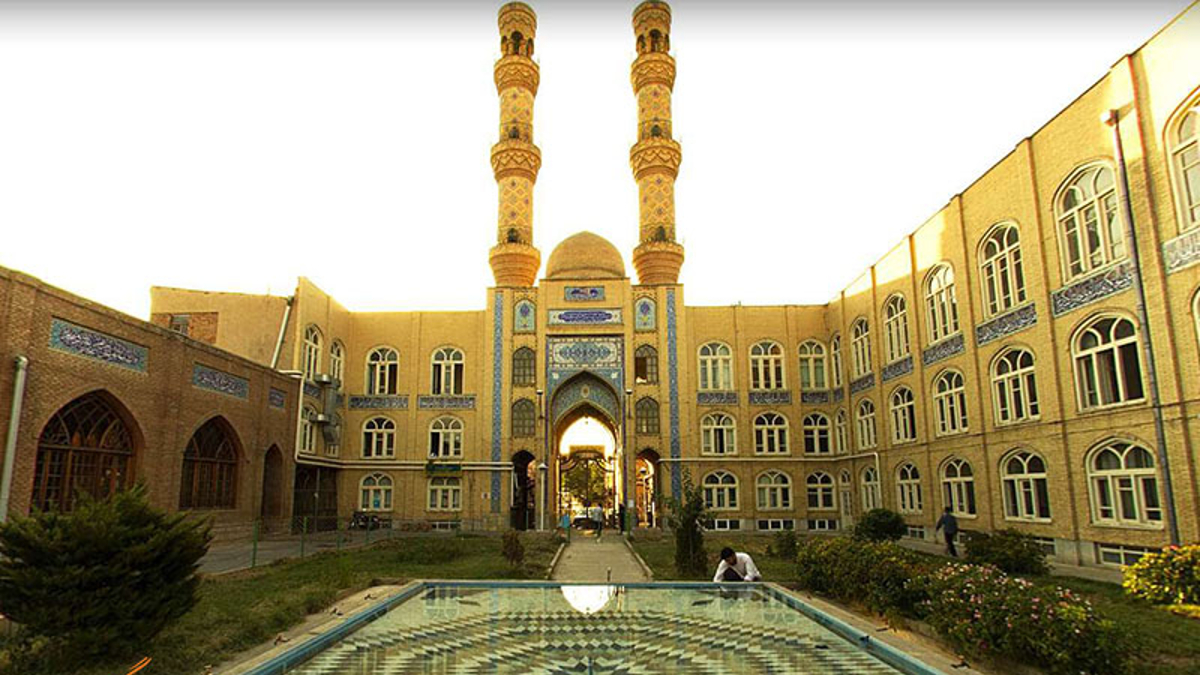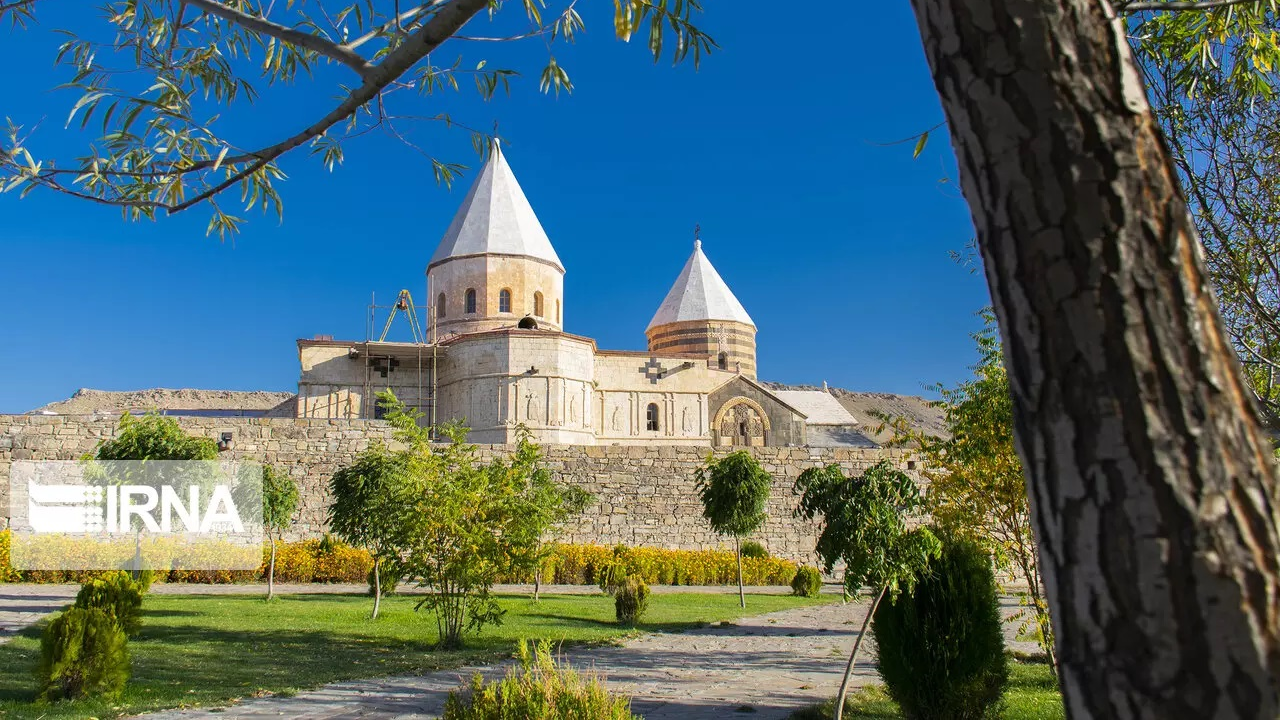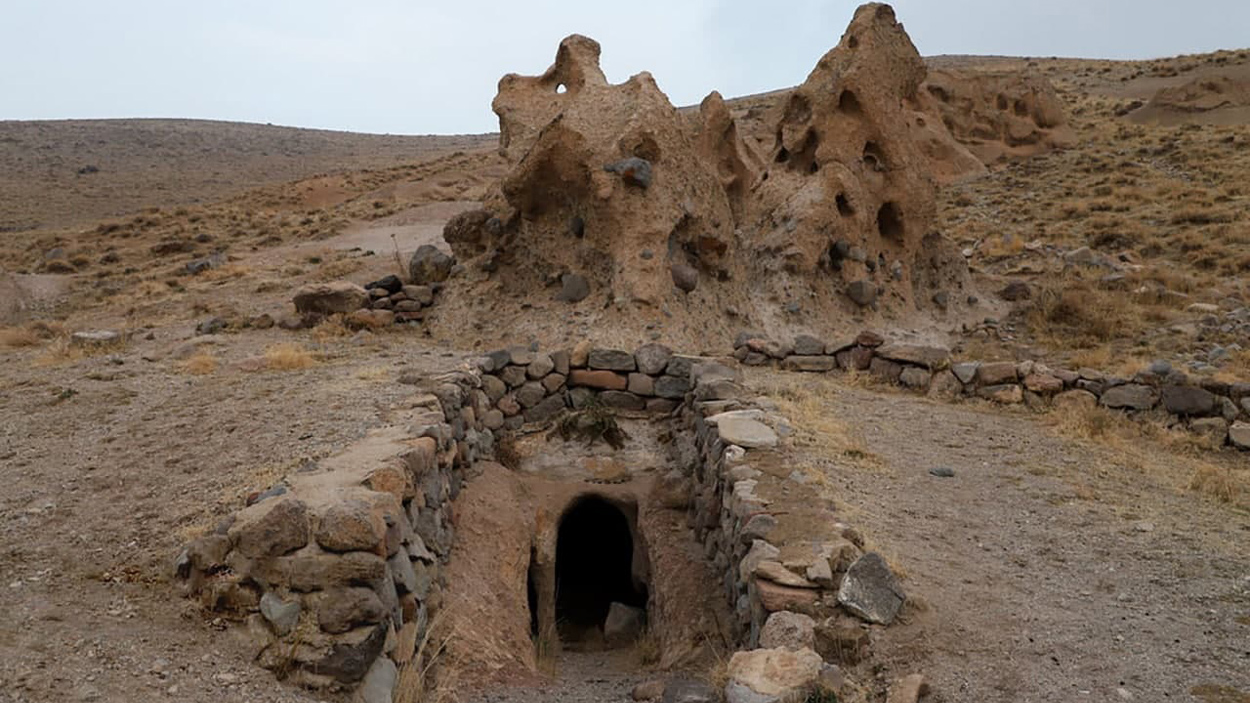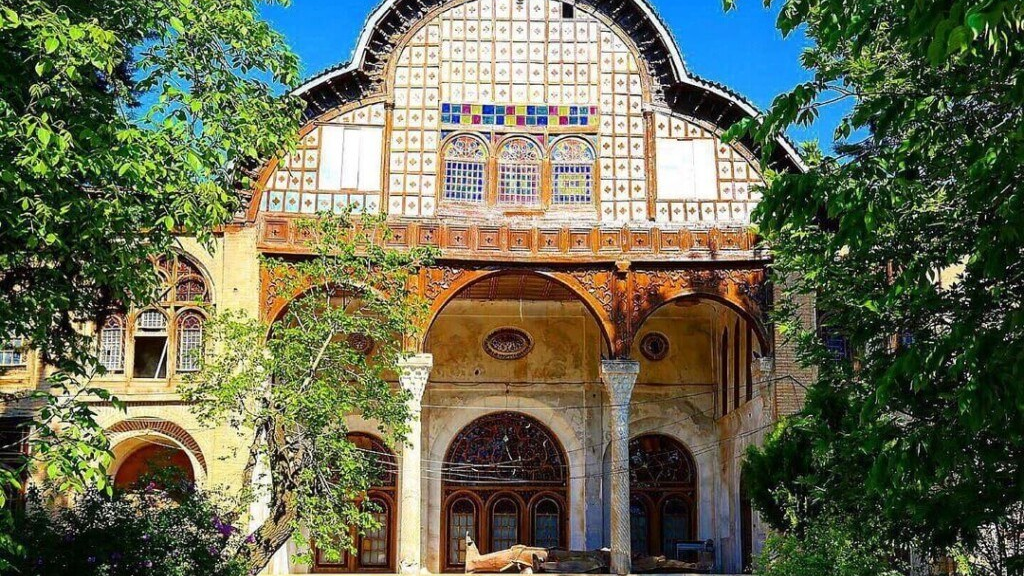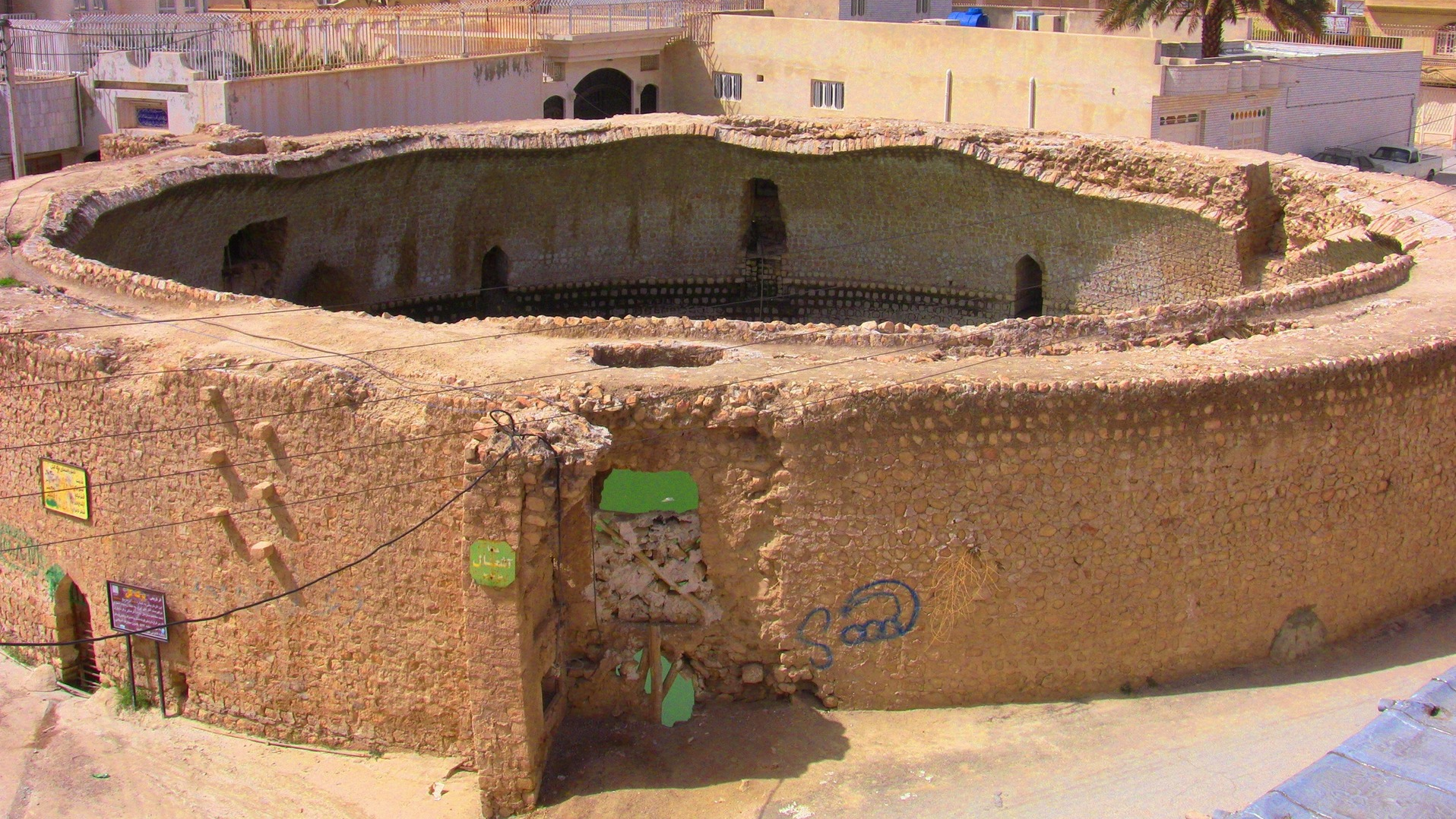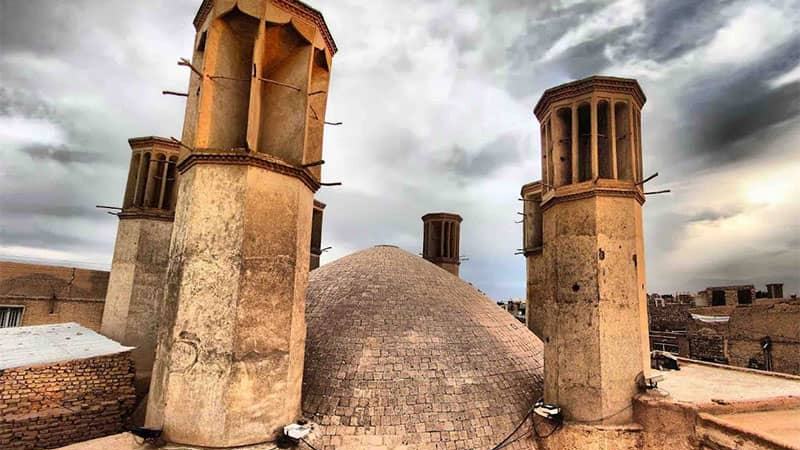_crop_2_crop_1.jpg)
Hormod Protected Area; The Habitat of the World’s Smallest Ovis
Situated over an area of 209,671 hectares Hormod was declared as a protected area in 1975. Hormod Protected Area is considered the habitat of Larestan ovis, which is known as the smallest ovis in the world. In addition to this, having special ecological conditions, the Hormod Protected Area is the house to flora and fauna specific to tropical regions.
There are pristine natural landscapes in this area, among which mention can be made of Mount Shab (night), which is located in the southern part of the area and within Hormozgan province. With a height of 2682 meters, this mountain is the highest point in the region. Some gorges of this mountain are situated in such a way that the sun never shines into them and they look dark, which is probably the reason why this mountain is called by this name. In some winters, this mountain gets fully covered by sow giving it a special effect. There are also several springs in most of the gorges of this mountain, that irrigate the surrounding vegetation.
In terms of climate, the Hormod Protected Area is rather hot and dry. It rarely rains there, but most of the time the rain is in the form of showers causing floods. Numerous salt domes located in this area and its surrounding areas result in the salinity of the existing small seasonal rivers.
Flora of Hormod Protected Area
The striking diversity of vegetation in this area is one of its unique features. Thin forests of acacia and trees such as Jujube, Mesquites, and Calotropis procera grow in the southern hills and plains. The other flora found in this area includes such trees as Prunus scoparia, Pistacia atlantica, Acer monspessulanum, Olive, Juniper, Gaz, Tecomella, Primrose and Zygophyllum.
Fauna of Hormed Protected Area
Larestan Ovis, which is also called “miniature Ovis” because of its small size, is considered the most prominent species living in this region. Ovis is considered the smallest breed of wild sheep. The small size of this animal makes it easily adapt to the difficult living conditions in a hot and dry climate. The beautiful curved horns of Ovis have given it an eye-catching beauty. Like the Isfahan Ovis, the hair on the lower neck of this animal is black and short. There are two white spots on both sides of the back of this animal, which makes it look like an Armenian Ovis.
Larestan Ovis has a short tail of a maximum of 15 cm but its ears are comparatively bigger than that of other types of sheep. The skin color of Larestan Ovis is lighter than other similar species, its average weight is between 30 and 40 kg., its height is between 55 and 60 cm, and its body length is about 120 cm.
Other Animals Living in the Hormod Protected Area
Goat, chinkara, leopard, caracal, hyena, common foxes and red foxes, jackals, all kinds of wild cats, and porcupine, as well as birds such as bustard, stone-curlew, sandgrouse, pigeon, laughing dove, lark, partridge, wheatear, bee-eating owl, rollers, all kinds of hunting and scavenging birds, the nectar-eater, warbler, the black thrush, hawk, woodpecker, and all kinds of migratory birds and also reptiles like monitor lizard, common lizard, and snakes, can be seen in abundance in this area.
Where is the HormOd Protected Area Located?
This area is located in the southeast of Fars province and within the geographical limits of Lar County. Hormod region is located on the border of Hormozgan and Fars provinces and in the south of the Zagros Mountain Range. Lar-Bandar Abbas Road forms the western and southern border of this area.
Situated over an area of 209,671 hectares Hormod was declared as a protected area in 1975.
| Name | Hormod Protected Area; The Habitat of the World’s Smallest Ovis |
| Country | Iran |
| State | Fars |
| City | Lar |
| Type | Natural |
| Registration | No registration |
_crop_3.jpg)

_crop_3.jpg)

Choose blindless
Red blindless Green blindless Blue blindless Red hard to see Green hard to see Blue hard to see Monochrome Special MonochromeFont size change:
Change word spacing:
Change line height:
Change mouse type:
